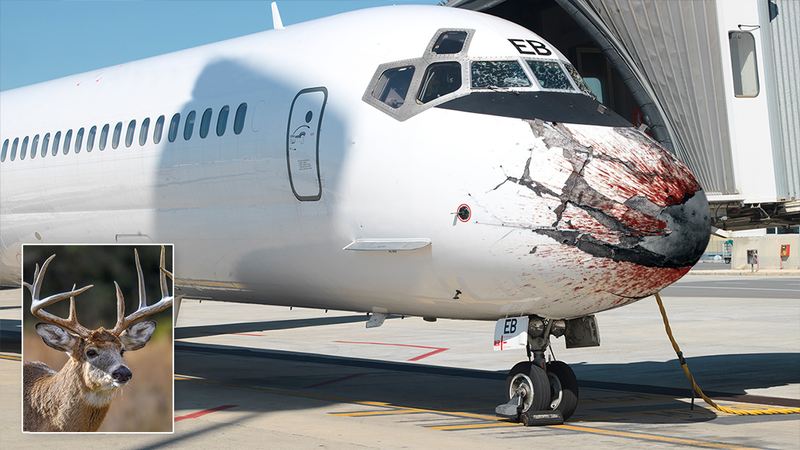The recent helicopter crash in Iran which caused death of Iran’s President and Foreign Minister has once again raised lot of question on safety of helicopter operations. Among the escalating geo-politic tension, lot of stories are doing round, ranging from sabotage to weather to technical issues.
Helicopters are very versatile machines. Helicopters can take off & land vertically often in narrow spaces, roof tops, mountains, ship decks, on water even! Helicopters can fly forward, backwards, sideways, vertically upwards & downwards or any combination of these directions. And in case the engine ever fails, most helicopters can safely autorotate to the ground and land safely. This makes helicopters ideal candidates for risky operations. Helicopters are used to reach areas you can’t access by fixed wing aeroplane. Helicopters can land pretty much anywhere, which makes them useful for military operations, search and rescue, medical evacuations, and other dangerous missions. As a result, conditions can be unpredictable during helicopter operations and hence increases the risk. The increased risk of mission needs to be evaluated before every mission and mitigated by taking extra precautions.
Statistics of Probable Reasons of Helicopter Crash
- 33 % of accidents caused due to violations
- 38% of accidents were caused to errors.
- 22% of accidents due to system failure.
- 7% caused due to other reasons.
Most common violations are operations being conducted below minimum safe altitude or below weather minimums.
Errors may be due to various reasons. The most prominent errors are- flight overload, flight below minimum safe altitude, mis-assessment of weather, misjudgement of landing area and or poor situational awareness.
System failure were mostly biased towards engine failure and other minor reasons like- main gearbox fail, fire, tail rotor fail etc.
Due to versatile nature of helicopters, the reasons for accidents could be mix of the above or exclusively due to aggressive manoeuvring or “get home itis” or pressure by passenger.
The above statistics is for introspection for all helicopter operators. Being aware is first step towards safer and efficient operations. When it comes to helicopter flying, perhaps we need to be much more aware of what we can safely do rather than what we would like to do. We need to look at the whole picture and be honest with ourselves. And…maybe we all need to be a whole lot braver when it comes to say NO.
Be safe. Happy landing.
You can also listen to my views on recent Iran Helicopter Crash here.
https://youtu.be/x3xHrrDwPAg?si=xZl6Nj_RJLyrTGjJ
Or my previous article on the same subject here.



